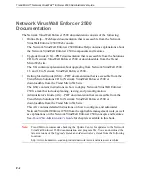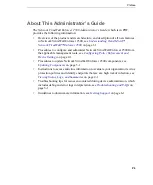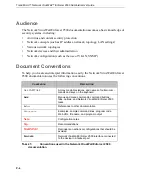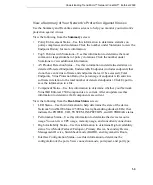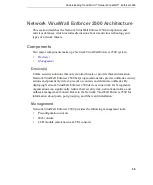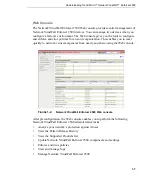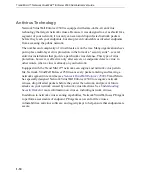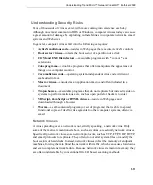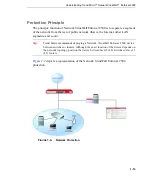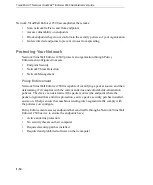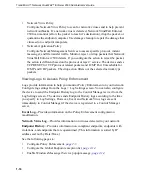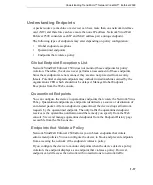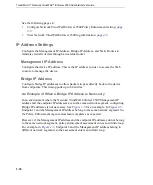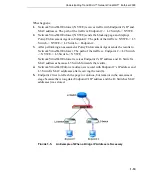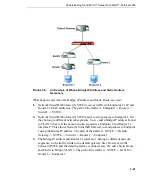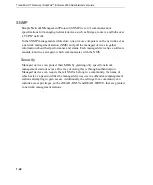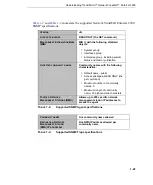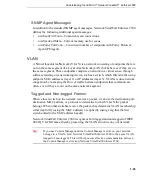
Trend Micro™ Network VirusWall™ Enforcer 2500 Administrator’s Guide
1
-
12
Vulnerability
The principle function of Vulnerability Scan is to assess an organization’s network’s
vulnerability to various threats. Vulnerability Scan helps prevent attacks by detecting
major threats associated with vulnerabilities in Microsoft operating systems.
Trend Micro assesses the risks posed by vulnerabilities by considering the
significance of Internet threats that use them, the vulnerability’s potential and actual
impact, and the difficulty or ease by which vulnerability can be used—also known as
exploitability. Vulnerabilities are considered low, moderate, important, critical, or
highly critical based on the described criteria.
The following is a list of the vulnerability risk ratings:
•
Highly Critical Risk—Vulnerabilities considered highly critical are
vulnerabilities associated with at least ten Internet threats, regardless of how
destructive the associated Internet threats are. Systems and networks not patched
against these vulnerabilities will likely become infected due to the prevalence or
sheer variety of associated Internet threats.
•
Critical Risk—All vulnerabilities utilized by known Internet threats are critical.
Vulnerabilities that remain unused by Internet threats, but that can facilitate the
propagation of Internet threats across different systems, also fall under this
category.
•
Important Risk—Vulnerabilities that compromise vital information and allow
unauthorized access to passwords and other valuable data are automatically
important. Vulnerabilities that compromise the integrity or availability of system
resources are similarly important.
•
Moderate Risk—Vulnerabilities, whose exploitability reduces by factors such as
default configuration, auditing, or difficulty of exploitation are moderate-risk.
•
Low Risk—Low-risk vulnerabilities either have minimal impact on affected
systems or are very difficult to exploit.

